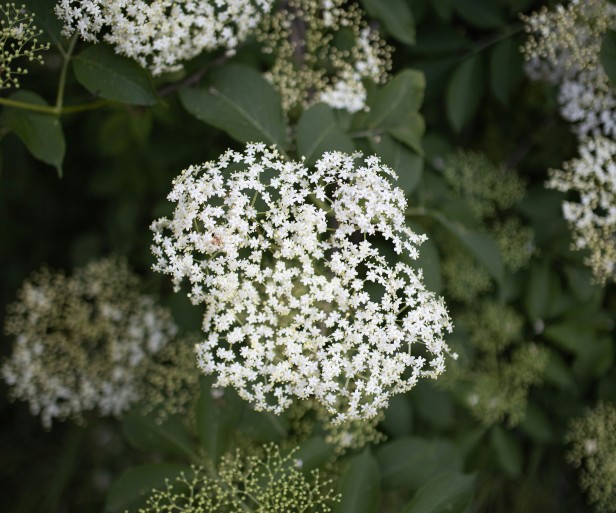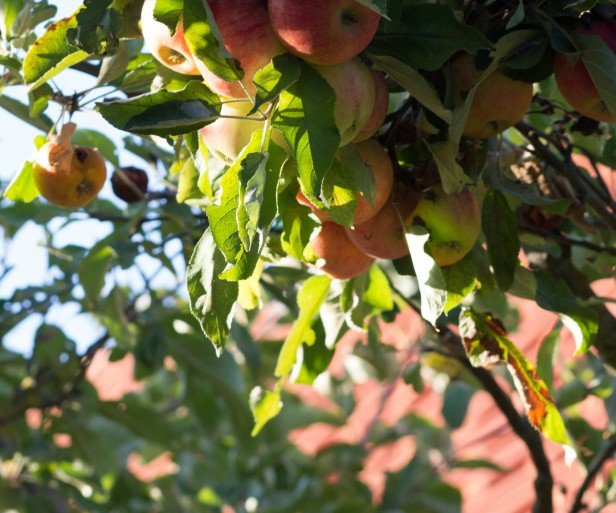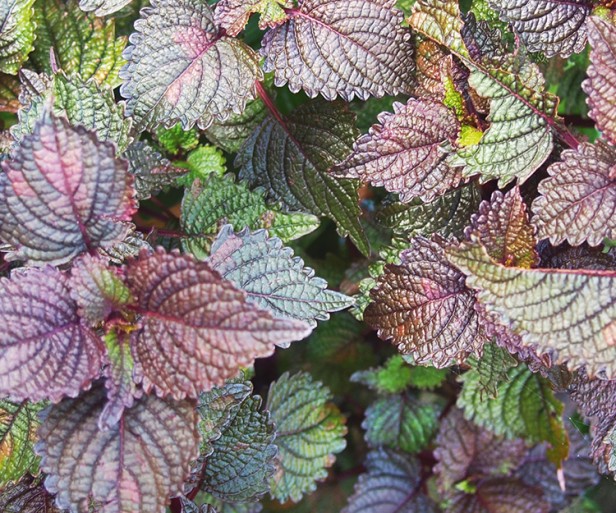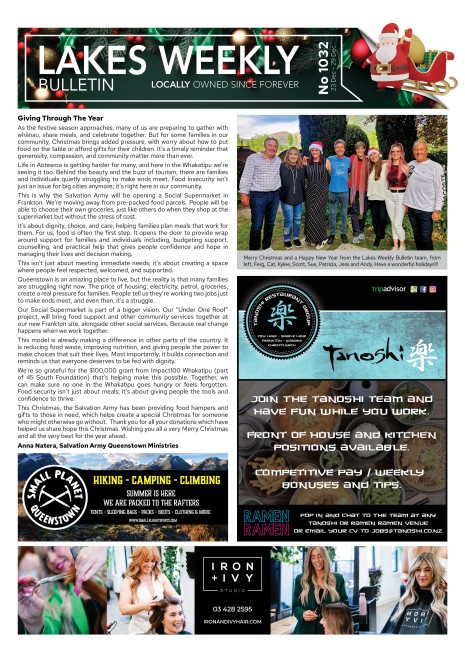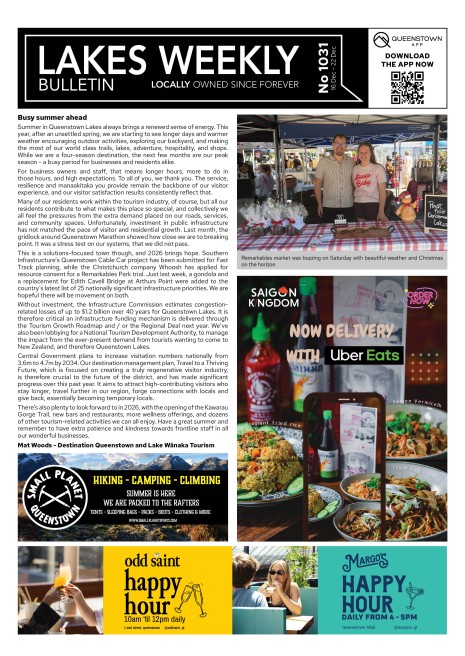Compost tumblers pros and cons
Compost tumblers can often be found sulking in a garden mostly unused. There are generally a couple of reasons for their lack of use. There’s the ‘one day I will get round to using this gardening marvel’ or alternatively the ‘I used it once and it didn’t really work’ reason.
It also not uncommon to see one rammed full of food scraps, the owner waiting patiently for them to turn into compost, it can also be a long wait when not done correctly!
Why use a tumbler?
There are a few reasons to go down this path.
- Rodents. Rodents are attracted to compost piles. Rodents, however, can’t get into a tumbler. Now I’ve said that, somebody will have the nightmare ‘rats in the tumbler story’.
- Tumblers keep your composting tidy and contained.
- Tumblers make compost really quickly so long as you follow a few key processes, which we will go into further on.
The Tumbler
Not all of them are good just because they’re a tumbler. Some are damn expensive, while some are just crappy or have a key flaw. I was lucky enough to pick up a classic ‘Sutton’ tumbler. Built to last for almost ever.
Most tumblers are usable and manageable. As a rule, bigger is better. You get more in them, and they hold moisture better and have the mass to hold the heat, leading to faster decomposition.
Word of warning: Avoid the ‘tumbleweed 220’. I once owned this flawed model right at the beginning of my gardening composting journey. It turns out these rotate on a vertical axis which is crap! There’s no being polite about it. What a waste of my time. You fill up the unit with your ingredients, wood chips, leaves, food scraps and so on and turning every day or so, adding moisture. All that happens with this unit is everything sits in the bottom, you turn and it just slides one big lump to the other end. No real mixing, no speedy composting.
You get the idea. Ensure your barrel is on a long horizontal axis!!
How to use a tumbler
- Apply the same principles of composting to a tumbler. You need a 50/50 balance of nitrogen rich ingredients like food scraps, coffee, manure and grass clippings, with carbon rich ingredients such as woodchips, straw, leaves...
- Every time you add food scraps add a similar amount of leaves and vice versa.
- Water. Remember the moisture checking technique. Grab a handful of compost in the tumbler and squeeze really hard. Is there some moisture between the knuckles? Do you get one or two drops falling away? This is 50% moisture content we are aiming for. Too little, add more water. Too much, leave the lid off, stirring from time to time till it comes right.
- All ingredients need to be as small as possible. The tumbler works on breaking down materials quickly. This can’t happen if everything is chunky. Run straw, horse manure and leaves through a lawn mower. Small is your friend for quick decomposition.
- Keep it in full sun, heat is your friend.
- Give it a good tumble every day or so. It’s great if it’s somewhere you walk past every day.
- Leave a few handfuls of your mature compost in the tumbler after emptying. You’re leaving some biological friends behind who will help the next tumble batch decompose.
- At some point stop adding material. If you have a two-chamber system, start filling the second chamber.
When your tumbler if full, you have two choices:
Leave everything in the tumbler. Stop adding material and continue to tumble daily, keep an eye on moisture levels. Make compost. While you’re waiting you need a second system for your food scraps. Check out the bokashi buckets.
You empty your tumbler into a free-standing pile and cover. Or into a compost bay or bin. This is to allow it to mature into compost. Add some compost worms if you haven’t already. Then start filling your tumbler again. Allow the ground pile to mature, keeping an eye on moisture levels.
Which tumbler right for you?
I think tumblers work well in a two-compost system especially for a small garden that produces some garden scraps, a few lawn clippings, the odd hedge trim and deadheaded flowers... in tandem with the Bokashi buckets this duo could deal with all your food scraps and garden scraps.
Overtime you should see the fertility of your gardens get lusher. All this compost goes on to help you grow amazing vegetables and whatever other plants take your fancy to grow.
Dr Compost aka Ben Elms is a permaculture and gardening expert who’s been operating in the unusual Central Otago climate for over 20 years. Funded by QLDC and delivered by Wanaka Wastebusters, the Dr Compost project aims to reduce organic waste going to landfill.
Got a question? Check out @drcompost on Facebook or benelms.com

